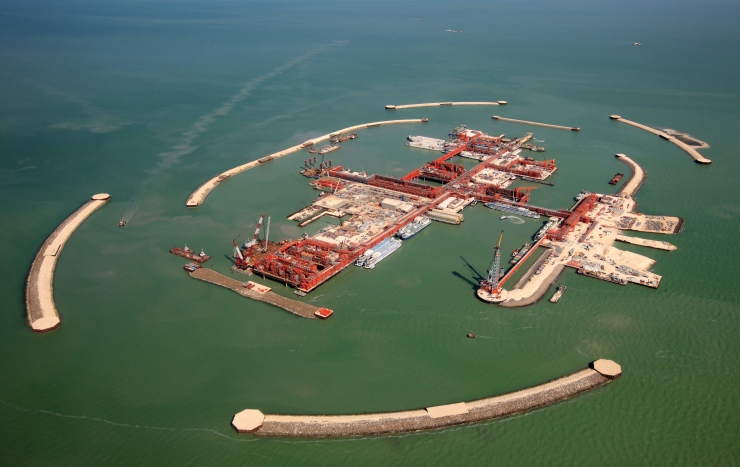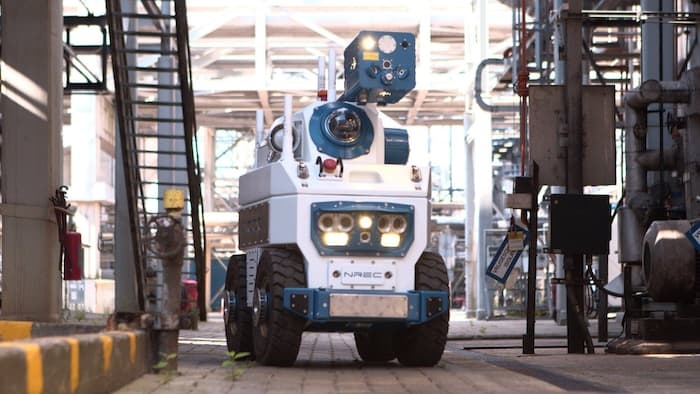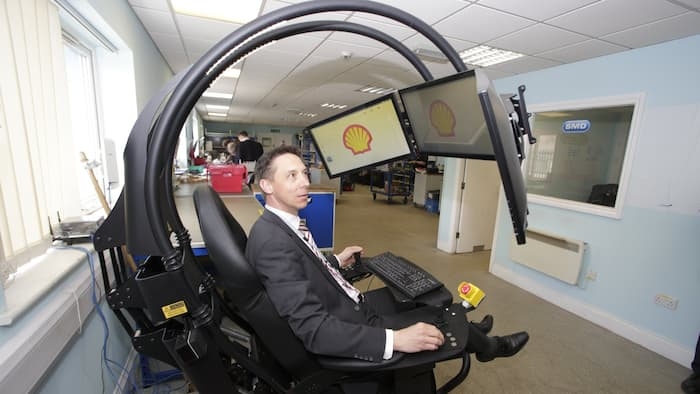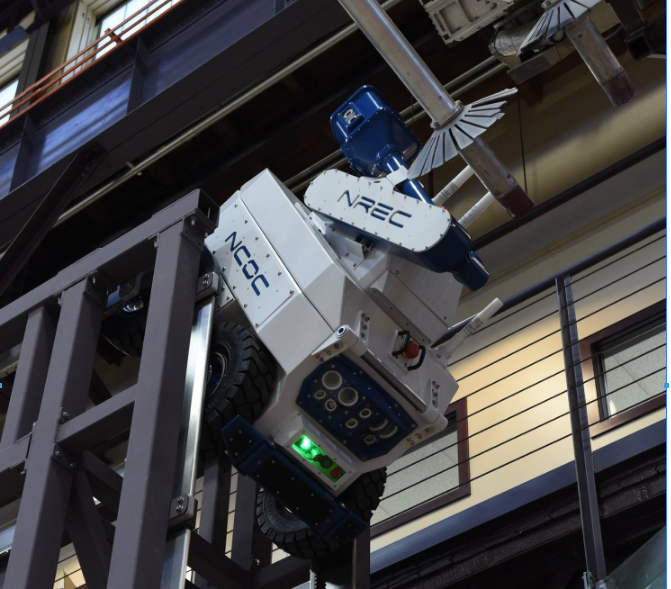
Kasagan Oilfield is the largest oil field in Kazakhstan, worth at least US$50 billion. It is called “Oil Field Giant†and it is located in the waters on the northern side of the Caspian Sea. Therefore, oil companies will build artificial islands on the water. Since the Kasagan oil field contains deadly hydrogen sulfide gas, these artificial islands gradually become uninhabited islands, and many jobs must be completed by robots.
Recently, the Dutch Shell Petroleum Company has developed a robot that can be used to monitor equipment and carry out safety inspection tasks. It is called “Sensabotâ€. It is the first robot licensed for explosive atmosphere in the oil and gas industry and will be put into the card. Used in Sagan Oilfield.

Sensabot
The Sensabot is a semi-autonomous probe vehicle equipped with a row of sensors, cameras and a wireless communication system that is remotely controlled by a worker.
An operator sits on the control platform and guides Sensabot through a WiFi or mobile network to perform various tasks. Sensabot transmits console high-definition video when performing tasks. This kind of work requires the operator to have more knowledge and skills than ever before.

Sensabot's Remote Console
Sensabot is waterproof and dustproof and can work in harsh environments such as stormy offshore platforms. It can work for 6 months without any maintenance. It can walk in gravel, mud, sewage, and snow, and can even climb structures vertically through rails. It collects information on temperature, noise, and vibration and detects potentially toxic and flammable gases.

Adam Serblowski is an engineer on the Shell robot project. He sees this technology as an "extension of human workers" rather than a human substitute.
In oilfield facilities, even the smallest of Mars may trigger an explosion. Serblowski said that in order to prevent this from happening, the R&D team faces more complex engineering challenges than NASA's similar equipment dispatched to Mars.
The development of Sensabot was carried out by Shell engineers in collaboration with the National Robotics Engineering Center of Carnegie Mellon University.
Sensabot is currently undergoing final stages of testing in the Netherlands, after which it will be placed on the uninhabited island of Kasane. Shell also plans to apply it to other oil fields and find "business partners" to promote the use of Sensabot in smelting, chemical plants, and LNG receiving terminals.
Michael Osborne, a robotics expert at Oxford University, said that other oil companies like BP in the UK are also developing robotics equipment to monitor oil and gas pipeline facilities. The Shell Sensabot is a typical example of the automation process in the oil industry.
Via FT
Extended reading:
We went to the rural area of ​​Hunan Province and witnessed how a drone plant protection order from Dajiang was completed.
The world's first robot retinal surgery, this "master surgeon" is very reliable
Current Fuse,Auto Fuse,Car Fuse,Blade Fuse
Dongguan Andu Electronic Co., Ltd. , https://www.idofuseholder.com
![<?echo $_SERVER['SERVER_NAME'];?>](/template/twentyseventeen/skin/images/header.jpg)